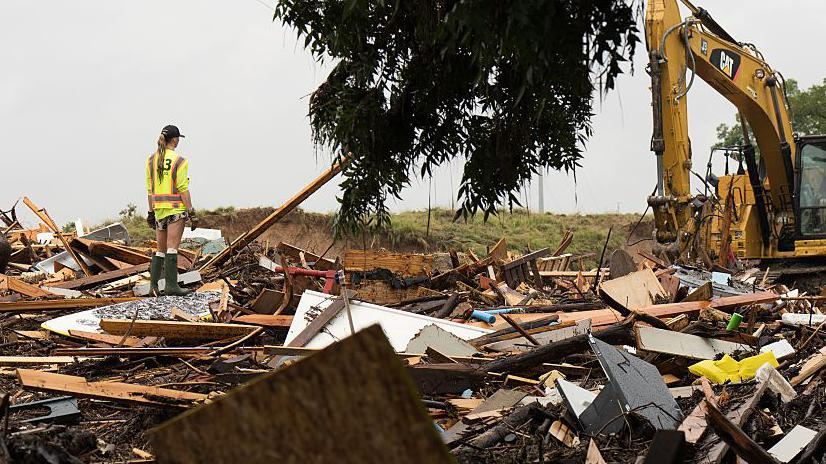Mars in just 15 years? European Space Agency's bold plan includes space cities and AI farmers | - The Times of India

In an ambitious vision for the not-so-distant future, the
European Space Agency
(ESA) has unveiled a roadmap that could see humans living on
Mars
within just 15 years. The plan, outlined in ESA’s new report “Technology 2040: A Vision for the European Space Agency”, imagines self-sustaining ‘space oases’, robotic farming systems, and autonomous infrastructure stretching across Mars, the Moon, and beyond.
ESA
emphasizes that space is no longer a frontier; it is a territory essential for scientific, economic, and environmental progress. The dream of becoming a multi-planetary species may now be closer to reality than ever.
ESA envisions futuristic indoor habitats made of heat-reflective, radiation-shielding materials, where astronauts can live, work, and grow their own food. These “space oases” will be equipped with smart sensors, autonomous AI systems, and robotic assistants to monitor the environment and handle daily tasks. The habitats aim to be entirely self-sustaining, creating power, recycling waste, and producing crops such as potatoes, rice, and leafy greens in controlled greenhouse modules.
AI Is Helping Farmers Cut Costs, Increase Income | I Witness
These systems would dramatically reduce the need for costly resupply missions from Earth and allow for long-term habitation on Mars. The European agency compares this vision to science-fiction but insists it’s based on practical and scalable technologies already in development.
Beyond Mars, ESA’s 2040 roadmap includes manufacturing massive space structures such as satellites and telescopes directly in orbit or on celestial bodies like the Moon. This would overcome current limitations that force spacecraft to be small enough to fit inside launch vehicles. By assembling infrastructure in space, ESA hopes to unlock new commercial opportunities and scientific breakthroughs.The agency also proposes using space debris as raw material, embracing a circular economy model to reduce waste and create sustainable systems in orbit. Meanwhile, AI-powered spacecraft would manage themselves without human control, further accelerating space operations.
While ESA’s vision is inspiring, it acknowledges the technical and logistical hurdles ahead. No human has yet ventured beyond low Earth orbit in over five decades. Mars, with its harsh climate and 140 million mile distance from Earth, presents extreme challenges in transportation, radiation protection, and life support systems.However, ESA believes collaboration among nations, private companies, and technological pioneers like SpaceX could make this dream achievable. With support and sustained investment, the agency insists that the next giant leap for humankind could happen as soon as 2040.











